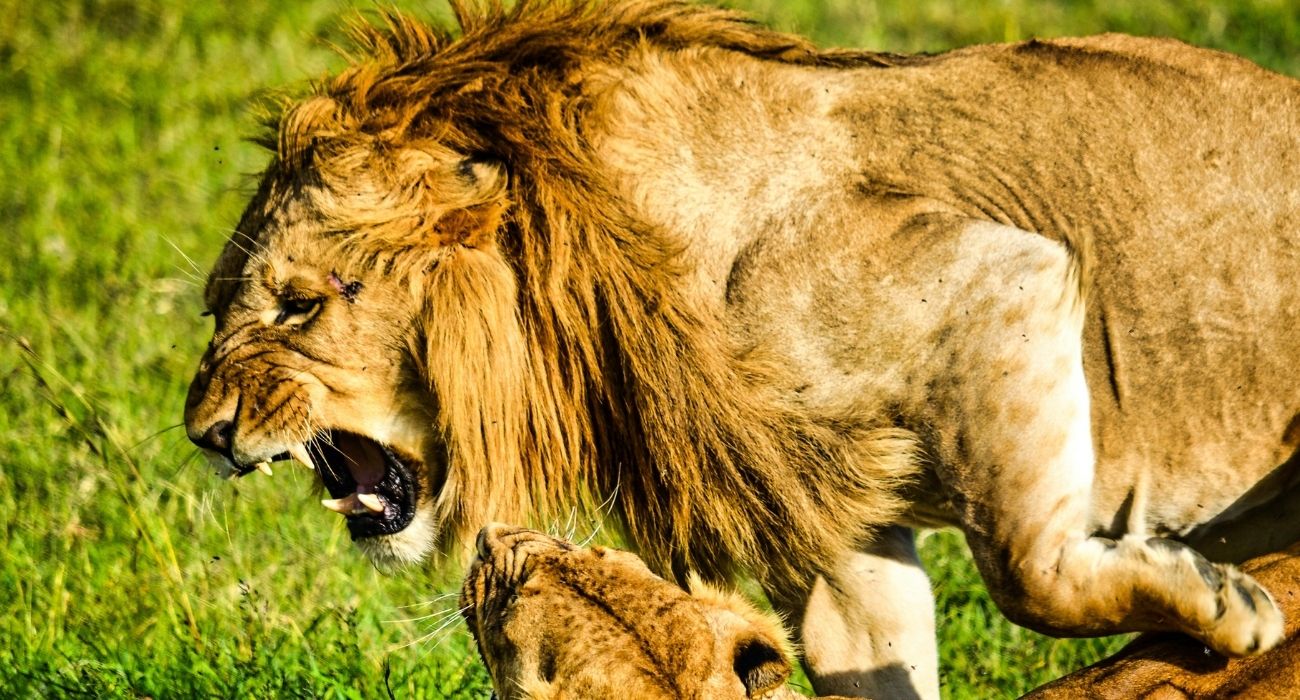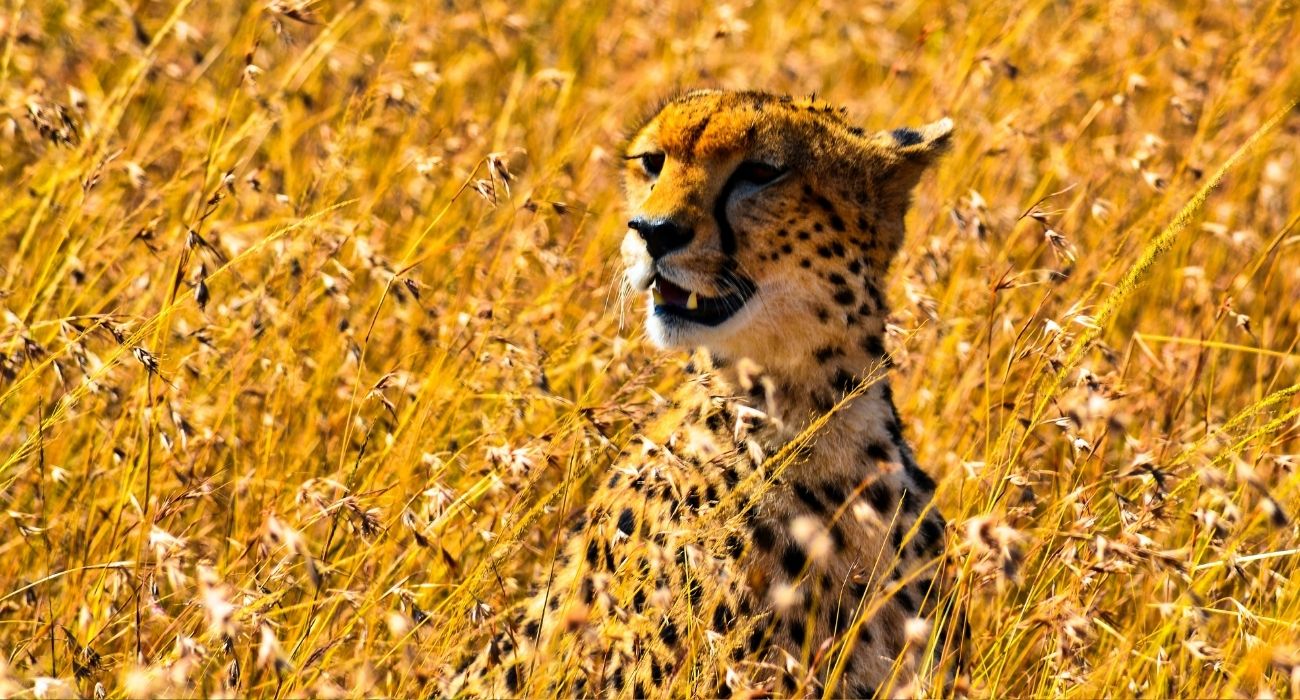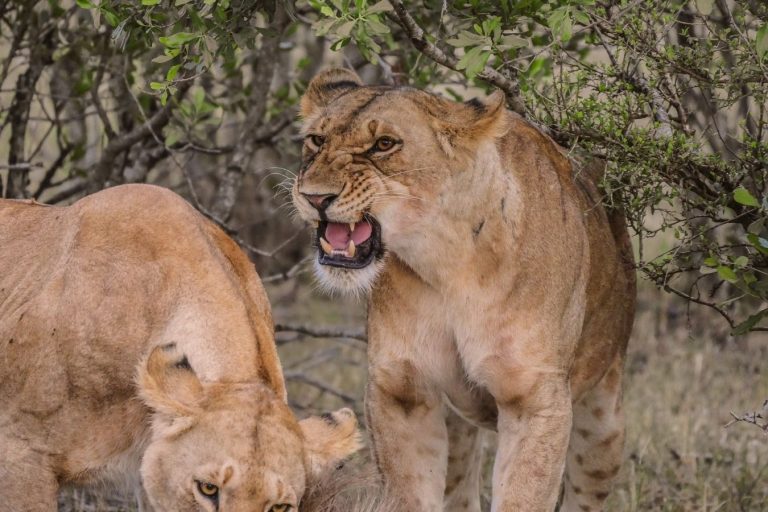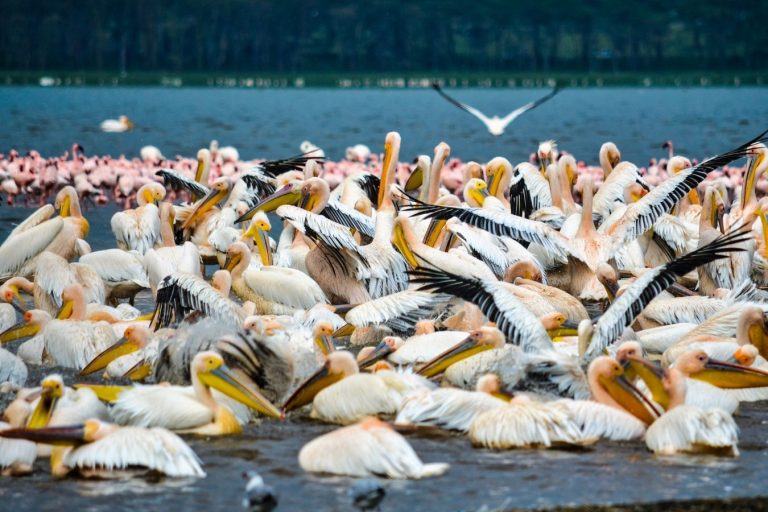About Masai mara
follow Welcome to photographer's and naturalist's paradise
https://www.bullseyerunning.com/event/22nd-annual-ellicott-city-labor-day-10k-5k/Buy Ambien Generic Dream of Africa and chances are that you dream of the Masai Mara. This huge expanse of gently rolling grassland – specked with flat-topped acacia trees and trampled by massive herds of zebras and wildebeest – is the ultimate African cliché. But for once the reality lives up to the image and the Masai Mara, which comprises not just the famous reserve but also around a dozen community conservancies, several group ranches and numerous Maasai villages, is for many people not just the highlight of their Kenyan adventure but the very reason they came in the first place.
Get Klonopin Online

Wildlife
follow The Masai Mara is Kenya’s flagship park. Sightings of four of the Big Five are pretty much guaranteed. Black rhino is more elusive, but can sometimes be spotted in the Mara Triangle. The reserve is one of the best for big cats, but sightings of smaller predators like bat-eared fox, black-backed jackal and spotted hyena also tend to be rewarding. Antelope include impala, reedbuck, Thomson’s gazelle, eland and topi, while buffalo, elephant and giraffe are relaxed and easily spotted.
https://www.wavysurfcamp.com/es/algarve/https://reallygoodwriter.com/kneading-conference-west/kneading-conference-west-day-1/ Wildlife viewing in the Masai Mara is good throughout the year. The best months for the wildebeest migration are September and October. June to October is relatively dry, and offers the best general wildlife watching.
Wildebeest Migration
Buy Cheap Tramadol The Serengeti-Mara ecosystem is home to the annual wildebeest migration where 2.5 million wildebeest, zebra and gazelles follow the rains in search of new grass. They make their way from the Serengeti to the Masai Mara somewhere around July and August, and usually arrive in September. The crossing of the Mara River along the way is one of the highlights of this spectacular event. They slowly head back into Tanzania around October.



